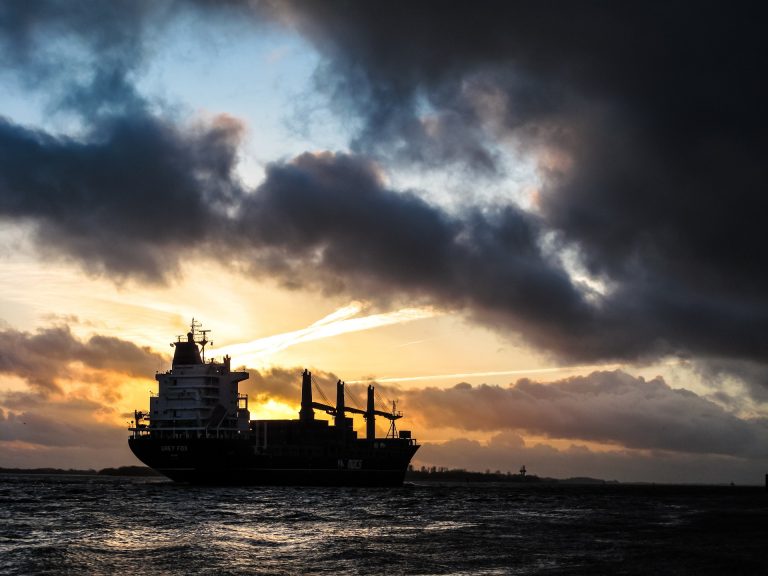Authorities from the Philippines have warned the Chinese Communist Party (CCP) that it will file daily diplomatic protests unless China removes the several dozen ships presently occupying Whitsun Reef, which is also known as Julian Felipe Reef in the Philippines. The reef is located within Manila’s 200-nautical-mile Exclusive Economic Zone (EEZ).
The conflict began last month when approximately 220 Chinese ships moored at the Reef on March 7. They did not exhibit any signs of fishing activity. On March 22, Manila filed a diplomatic protest against Beijing over the issue.
The Chinese Embassy in the Philippines claimed, however, that the boats were moored in the region because they were sheltering from rough seas. On April 4, Philippine Defense Secretary Delfin Lorenzana asked the vessels to leave the region once the weather became good, saying they now “have no reason to stay there.”
As of April 5, around 44 Chinese ships are still anchored on the Reef.
Lorenzana stated that the continued presence of what he called “maritime militias” in the area is a signal that Beijing further intends to occupy other features of the West Philippine Sea.
Success
You are now signed up for our newsletter
Success
Check your email to complete sign up
In a statement, the Philippines’ Department of Foreign Affairs (DFA) accused Beijing of blatantly infringing upon the sovereignty of the country, “For every day of delay, the Republic of the Philippines will lodge a diplomatic protest… [China’s ships] blatantly infringe upon Philippine sovereignty,” it said in a statement.
The DFA pointed out that Whitsun Reef is located around 638 nautical miles away from the nearest Chinese landmass of Hainan Island, also rejecting the CCP’s claim that the island is part of China’s “traditional fishing grounds.” The Department reminded the communist regime that “tradition yields to law,” noting that the 2016 South China Sea arbitration tribunal has already ruled that historic rights that exceed the geographic and substantive limits of maritime entitlements under the United Nations Convention on the Law of the Sea (UNCLOS) do not have legal validity.
On March 23, U.S. Secretary of State Antony Blinken accused China of violating international laws by militarizing the South China Sea. In a tweet, Blinken reiterated that the United States supports the Philippines and echoed Lorenzana’s sentiment that the Chinese ships counted as a “maritime militia.”
According to the South China Sea Strategic Situation Probing Initiative (SCSPI), U.S. Navy warships entered the South China Sea on April 4. This includes the USS Theodore Roosevelt nuclear-powered aircraft carrier, Ticonderoga-class guided missile cruiser USS Bunker Hill, and Arleigh Burke-class destroyer USS Russell. In addition, Australian and Japanese warships have also been spotted in the South China Sea waters.
Vietnam conflict
China’s ambition to dominate the South China Sea has also brought it into conflict with Vietnam. Beijing is apparently building a surface-to-air missile base just 20 kilometers away from its border with the Southeast Asian nation.
According to Alexander Vuving, professor at the Daniel K. Inouye Asia-Pacific Center for Security Studies in Hawaii, the Vietnam border risks high-level conflict since it is along the South China Sea that Beijing covets so much. He warned that the missile base is a clear signal the CCP is preparing for war.
Collin Koh, a maritime security research fellow at Nanyang Technological University in Singapore, said that the missile base could be a warning from China given that PetroVietnam is considering exploring the South China Sea for natural gas. “[By installing missiles], they wanted to preempt and, if necessary, stop the other South China Sea claimants from embarking on those offshore exploration projects within claims that China is making,” Koh told Voice of America.
Follow us on Twitter or subscribe to our email list

















